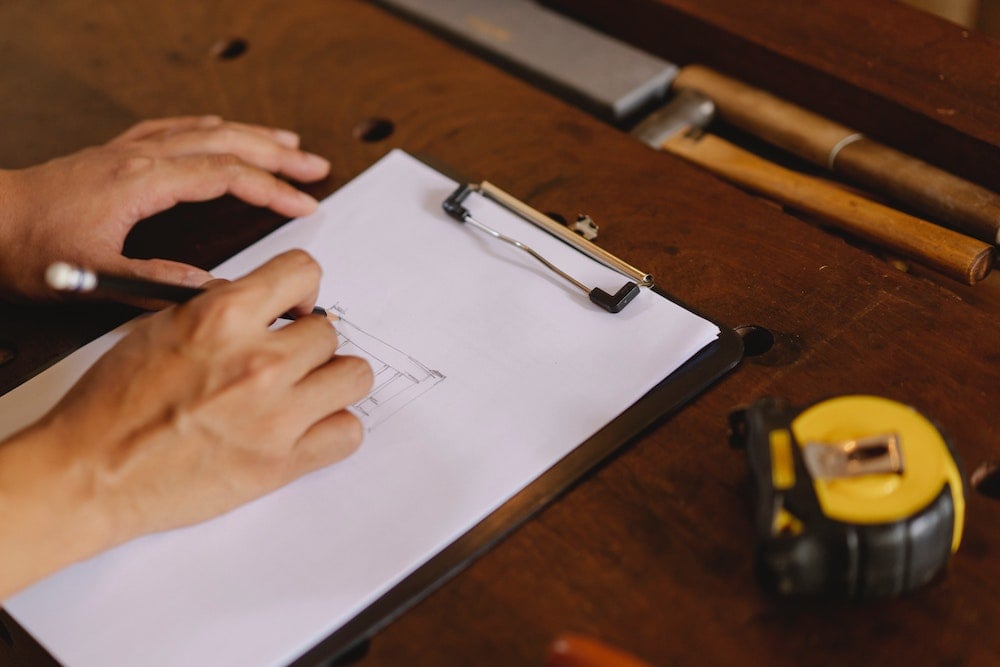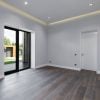Calculating the square footage of your property may sound like a mundane task, but you will find yourself needing the measurement frequently while running your short-term rental property business. Besides the fact that future guests will want to know how big the rental is, you will need the exact measurement for many different applications, documents, and legal processes down the road. Long story short, it’s best to cross this task off your list now – and it probably isn’t as difficult or mundane to calculate as you think.
This post will walk you through why it’s important to know the square feet of your property, when it’s required to specify the square footage, how to measure it, and what you should (and shouldn’t) include in the total calculation. We’ll tell you everything you need to know to start measuring and feel confident in your final number!
Why square footage is important and when it’s required
Short-term rental property owners get asked about the square footage of their property about as often as new parents get asked the age of their child. It’s one of those numbers that you just learn to keep stored at the back of your brain. Besides in conversation, there are many formal processes that will require you to specify the square footage of the property. These instances include:
Applying for building permits
If you ever want to do renovations or add anything to the property, you will have to provide the square footage when applying for building permits. Thinking about investing in a fixer-upper? Then this point is the most important to take into consideration.
Obtaining the certificate of occupancy
The certificate of occupancy (which states that your property is safe for occupancy) is a requirement for almost every property and will also act as a supporting document for other processes (like a building permit) in the future.
Applying for a loan
When considering loans as a way to jumpstart your vacation rental business, the square footage will be an important piece of information on loan applications. Financial institutions, private lenders, and investors will all want to know the exact size of the property to ensure they are making a sound investment in your business.
Hiring cleaning staff
In order to hire a competent team of housecleaners, you want to be as transparent about the size of the property and what you need in terms of cleaning as possible upfront. Providing the square footage will give your housecleaners an idea of how much time they will need to clean between guests which, in turn, helps you plan more efficiently.
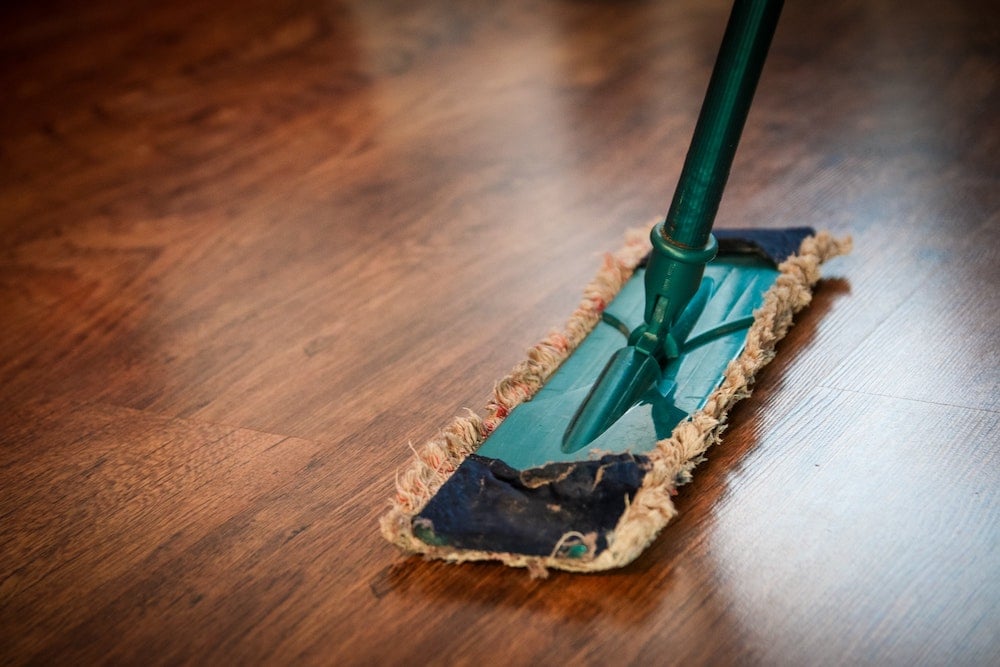
You wouldn’t want to set your checkout time for later in the day only to realize your housecleaners need more time and now you have a scheduling conflict. Better over-prepared than under-prepared.
Listing your property online
When listing your property on short-term vacation rental sites like Airbnb and Vrbo, you will be asked to provide the square footage of the space for your listing description. This helps your guests visualize the property and understand how the amount they’re paying in rent compares to the size. With that in mind, it’s a good idea to take a look at other listings in the area and see how your price per square foot compares.
How to measure the square footage of your vacation rental
With a few tools you already have at home, some simple math, and a pinch of patience you’ll be well on your way to knowing the property’s square footage. Though it definitely isn’t necessary, it may be helpful to have an extra set of hands to help you with this process, especially if you have a large property.
What tools to use
Calculating the square footage of your property does not require any fancy equipment. If you have a laser measuring device, fantastic, your job will be even easier! But it is not by any means necessary to have one of these devices in order to do this calculation. You likely already have all of these things at home:
- A measuring tape
- A calculator (or you can just use the one from your phone!)
- A big piece of paper
- A pencil
Steps to follow
It is really simple to determine the square footage of a house with just a few steps. First, draw a rough outline of the floor plan on your big piece of paper making sure to draw each floor on a separate piece of paper. This does not have to be exact or to scale, it’s just to help you keep track of measurements as you go. If you have access to the actual builder plans, you can use those for reference. Also, it’s very likely that the builder plans already have the square footage calculated. Make sure to check before you get started!

Next, use your tape measure to determine the length and width of each room and hallway writing it down as you go. Then you will multiply the length and width of each room to determine the square footage of the room. Finally, add the number for each room together to get your total. Keep reading to understand what spaces you can include in the total square footage and which ones do not qualify.
Alternatively, you can also download one of the multiple square footage measurement apps available for your smartphone. While these apps may not seem as reliable as traditional measuring tapes, they can still become a good ally to calculate the perimeter of a room or the distance between walls. Times move on, and so should you!
Tips for measuring the square footage
In order to avoid unnecessary and perplexing math equations, try to divide your space into as many squares or rectangles as possible, especially if you have a more complicated floor plan. For example, if a room has an alcove you should measure that as a separate space and then add it to the square footage of the room after the fact.
Be sure to save all your measurements in multiple places! You definitely don’t want to go through this process only to lose the calculations and have to start over. In addition to the total square footage of the property, you should also keep track of the square footage of each room and measurements of all the walls. This will come in handy if/when you need to furnish the space.
For that reason, you should also note the measurements of door frames to know your furniture pieces will fit! This will be helpful while staging your vacation rental property.
What’s included (and what’s not) in the square footage
What actually counts as the square footage of a property? Well, what can and can not be included in the calculation is a pretty hot topic amongst property owners. In most cases, any space that is considered liveable can be included in the square footage.
A space can be defined as “liveable” if it has finished walls, floor, and ceiling, is connected to the main heating and cooling system of the house and meets a specific ceiling height requirement. These guidelines are taken from the American National Standards Institute (ANSI) but compliance is voluntary so it’s more of a suggestion. There is not currently any official standard for measuring square footage so you will find varying methods and opinions.
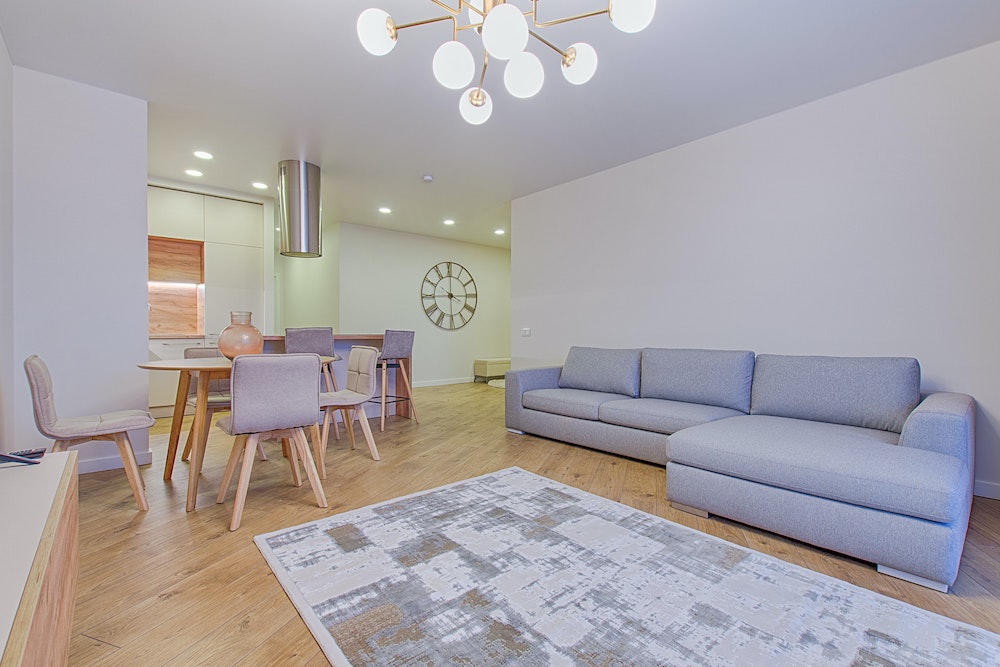
Keep in mind that different states may have different guidelines for what you can and can not include. It’s always best to check your state’s guidelines before submitting any official documentation of the square footage. The last thing you want is a calculation error that will cost you later on. But as a high-level overview, here are some of the “extracurricular” spaces that can and can not be included in total square footage.
Basements
Basements can only be included if they are finished and meet the definition of “liveable” (finished walls and floors, are connected to heating and cooling, and meet the ceiling height requirement). Just because you have a pool table and mini-fridge in the basement does not mean you can count it towards the total square footage. They have to be completely finished and connected to the main body of the house.
That said, there are still some areas that do not consider basements as part of the total square footage even if they are finished. Whether you can include the area of your finished basement into the total square footage or not, you should measure it anyway to have for your own record and to mention on listings for guests.
ANSI does differentiate between above-grade finished square footage and below-grade finished square footage. If you are planning to stick to their guidelines, then basements should be listed as below-grade finished square footage.
Garages
Because garages are usually unfished spaces, they can not be included in the total square footage. Garages can only be included in the total square footage if they are finished (to the standards we mentioned above) and are legally considered living spaces.
Even though you can’t include them in your total square footage, we recommend measuring unfinished areas anyway. It is good information to have and will come in handy if/when you decide to finish the space later. You already have your tape measure out, you might as well!
Attics
In terms of attics, the big thing to watch out for here is the ceiling height requirement we mentioned earlier. First and foremost, the attic has to be finished just like any other space.
ANSI states that “finished areas must have a ceiling height of at least seven feet except under beams, ducts, and other obstructions where the height may be six feet four inches or under stairs where there is no specified height requirement.
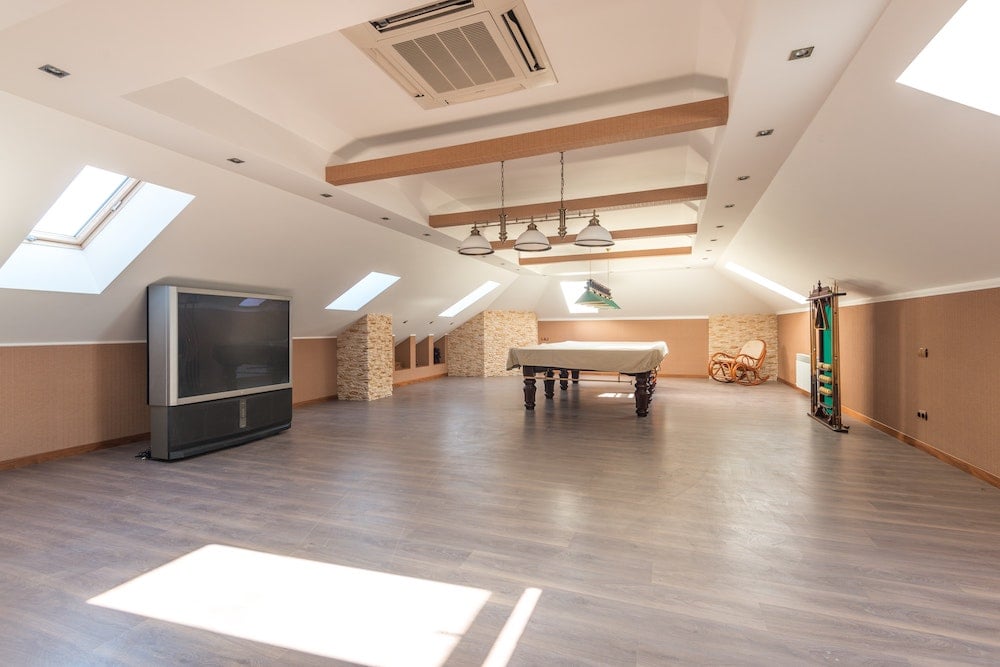
If a room’s ceiling is sloped, at least one-half of the finished square footage in that room must have a vertical ceiling height of at least seven feet; no portion of the finished area that has a height of less than five feet may be included in finished square footage.”
An important point of clarification: the height of the ceiling should not be considered in the square footage equation making the room a three-dimensional space. It is simply a guideline to make sure the space checks that box before adding it to the square footage total.
Alternatives to measuring the square footage
In many cases, you might be able to find the square footage on the builder plans and/or the property records held by your city. Of course, this will only be helpful if you know the measurement is accurate, to date, and you don’t plan to make any changes to the property. It is definitely worth looking at before taking it upon yourself to measure the square footage.
Otherwise, you can also hire an appraiser to do an official measurement of the property. Though is the most accurate choice, it is an added expense. You may be able to justify the cost if you need a very accurate measurement – if you’re planning to sell the property, for example.
Takeaways
Calculating the square footage is an easy process to take on by yourself and will be useful in many different circumstances down the road. It requires minimal equipment, some quick math, and sometimes a pinch of creativity. Consider this one of those things you just have to check off your list at the beginning of your journey as a short-term vacation rental property owner.
